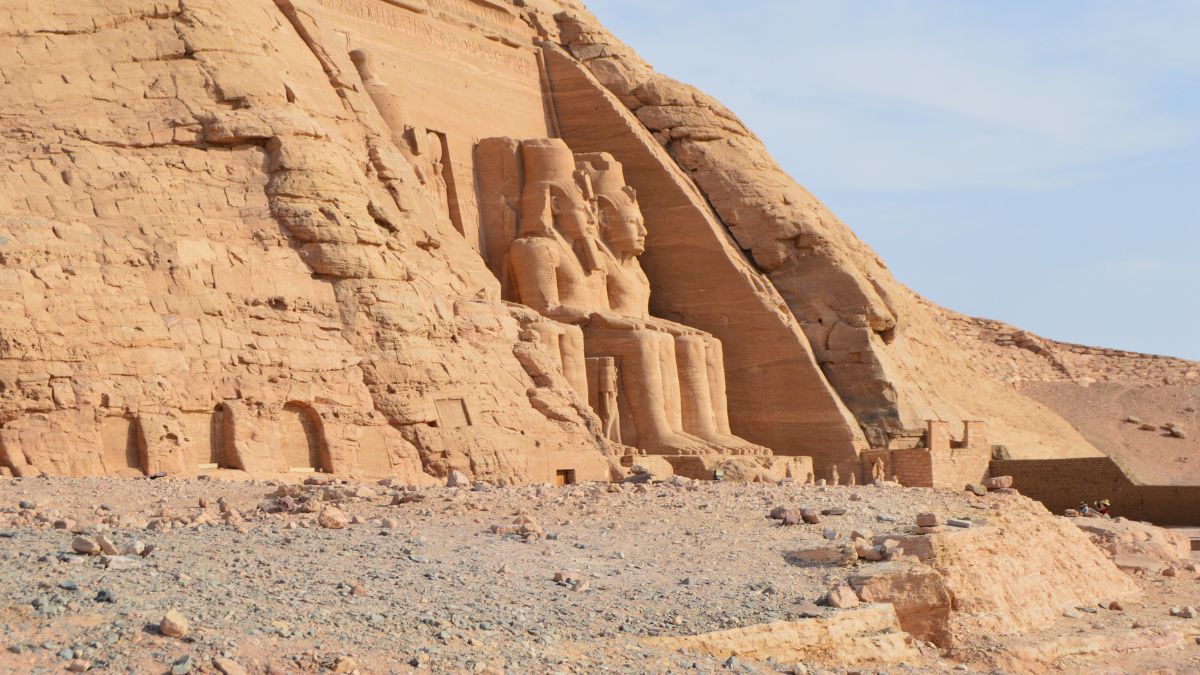Science
Controlled Fear Cures: The Surprising Reason You Enjoy Being Scared
13 November 2025

For decades, we believed a plague wiped out the Sun God's city. New research proves this assumption completely false. The true reason for ancient Egypt mysteries surrounding the collapse of Amarna (Akhetaten) is far more surprising and less dramatic.
Akhetaten—modern-day Amarna—was a radical project. Pharaoh Akhenaten (formerly Amenhotep IV) did something Egypt had never seen before: he abolished the entire pantheon of deities and introduced the worship of a single god, Aten.
The city was meant to prove that this new religion could create a new world: a new capital, a new state doctrine, and a new order. But then, after just twenty years, Akhetaten simply vanished from the map.
The rapid abandonment of the city immediately following the Pharaoh’s death has always puzzled researchers. For decades, one convenient scenario dominated: Akhetaten was allegedly killed by an epidemic—brutal and swift.
Textual sources seemed to confirm this. The prayers of the Hittites mention a “plague” brought by Egyptian prisoners of war. Furthermore, the Amarna letters do describe disease outbreaks, but in other cities across the region. However, the latest archaeological discoveries suggest something entirely different: Akhetaten may have died from a completely different cause than a pestilence.
The historical sources mentioned above had one key problem: none of them directly refer to an epidemic in Akhetaten itself.
This prompted Dr. Gretchen Dabbs and Dr. Anna Stevens to conduct a systematic archaeological and bioarchaeological analysis of the city and its surrounding cemeteries. Their findings were recently published in the American Journal of Archeology.
The researchers compared human remains from Amarna with those from other necropolises where a pandemic genuinely wreaked havoc. They hypothesized, “If a plague struck here, it would leave an identical signature as it did there.” The results were striking: the data from Amarna simply does not match the profile of a city following an epidemic.
The study examined nearly 900 graves belonging to common citizens from the city’s lower social strata. Their skeletons showed signs of hard living: short stature, spinal injuries, interrupted dental enamel development, and joint diseases. Crucially, these are indicators of social and economic stress, not an epidemic.
Tuberculosis symptoms were found in only seven individuals. The bodies were not embalmed, but they were carefully wrapped in cloth and mats and buried with various objects. The deceased were placed in an orderly fashion—nothing pointed to hasty mass graves. As a result, the theory of an “Egyptian plague” in Akhetaten became increasingly unlikely with each new discovery.
The most striking anomaly was the high number of multi-person burials. Was this a sign of an epidemic? Not necessarily. Demographic analysis showed a different cause: most commonly, adult women were buried together with children. This suggests conscious social choices rather than a crisis management strategy.
Paleodemographic modeling confirmed that the total number of burials fell within the expected range for a city of this size. The manner in which the city was abandoned also did not fit the epidemic scenario. Residents systematically moved their belongings, rather than fleeing suddenly in a panic.
The study’s authors conclude that the abandonment of Akhetaten was not due to a sudden demographic disaster. The city’s transformation into a “ghost town” was a slow, drawn-out process. What were the real causes?
After Akhenaten’s death, the monotheistic religion he introduced simply failed the test of time. The cult of Aten disappeared along with political changes within the kingdom. Its capital lost significance and began to lose its residents. Consequently, internal migration to other regions of the Egyptian empire caused a steady population drain.
The example of Akhetaten demonstrates how easily archaeology can create a myth based on a single textual reference. An epidemic in Amarna? There is no hard evidence. The “plague” theory was a convenient narrative, not a fact. The research by Dabbs and Stevens directly refutes it.
Akhetaten, nonetheless, remains one of the most important research sites in Egypt. In fact, this is just the beginning. Future excavation seasons may reveal even more uncomfortable truths about how ancient metropolises truly died, contributing further to solving ancient Egypt mysteries.
Read this article in Polish: Nie plaga zabiła Achetaton. Rozwiązano jedną z zagadek Egiptu


Truth & Goodness
12 November 2025

Zmień tryb na ciemny